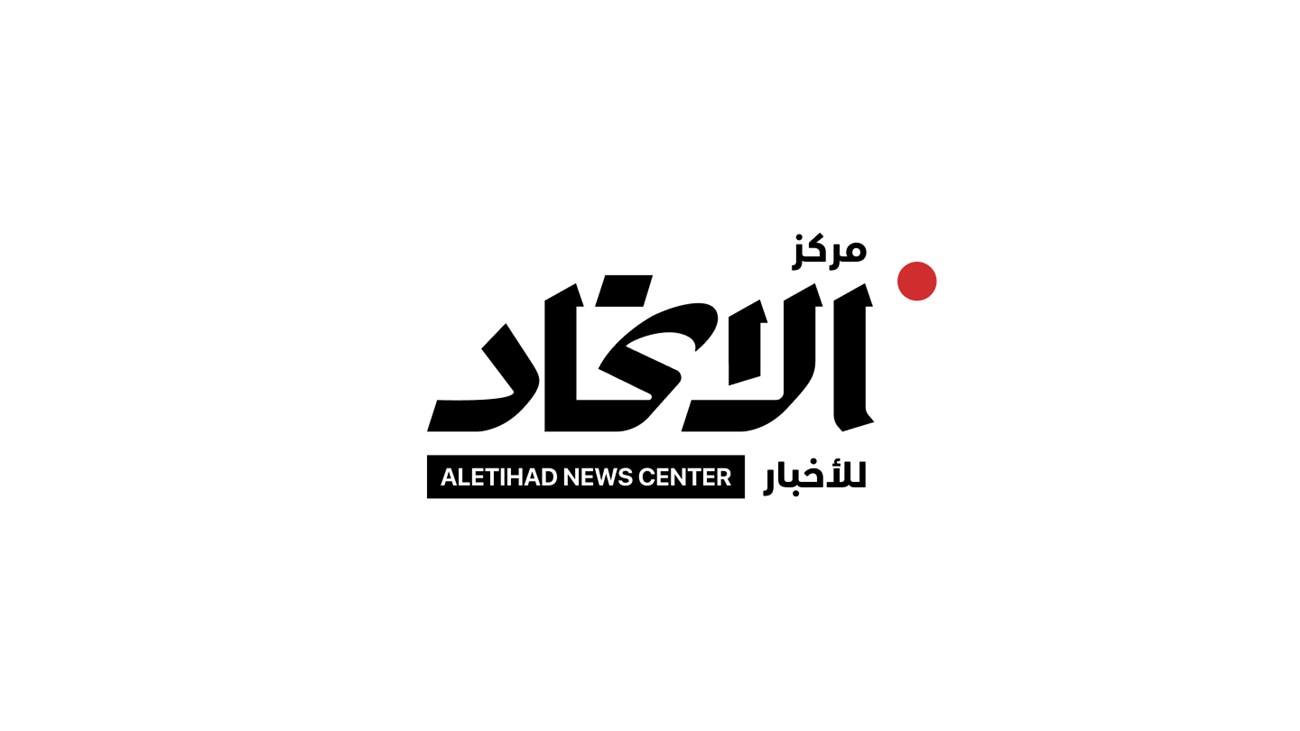Khaled Al Khawaldeh (Abu Dhabi)
In a newly transformed space in the heart of Abu Dhabi’s Mina Zayed, the 421 Arts Campus, a dedicated arts space and gallery catered to fostering emerging creatives in the emirate, launched its first in-person residency programme this week.
After being delayed by the COVID-19 pandemic, the much-anticipated programme will challenge four artists to produce a milestone project with regional focus within their practice. Between now and July, artists will be provided with special grants, financial resources, professional support, as well as studio space at the campus to help facilitate their development.
“The tricky thing about a creative career is that one can easily get carried away by commissions, shows, programmes, and other commitments that need completed work,” Auguste Nomeikaite, one of the resident artists in the programme, told Aletihad.
“Recently I found myself in a state of mind where I was so focused on the final product that my creative process became streamlined, which is often desirable for workflows in other industries, but if you are an artist, that efficiency can become limiting.”
“I applied with this clear intention of giving time to a project that may not result in show-worthy work right away. The 421 residency is extremely important in this sense, because the team knows the value of trial and error, and they encourage it.”
421 aims to occupy the middle ground between the commercial and established art scene, giving upcoming artists in the UAE an unshackled and free space to develop their practice and explore topics that pique their interest.
Auguste is a photographer, filmmaker, and intermittent writer living in Abu Dhabi. For her, the new residency programme is a chance to explore her ongoing research on feral ecosystems and informal networks of care. Her work will look specifically at the nature and culture of MiZa, the developing creative neighbourhood in Mina Zayed right across from the 421 Gallery.
“I have always thought of the port area as a unique microcosm that is at once wild and urban, clearly shaped by human activity and with commerce-oriented infrastructure, but also influenced by its more-than-human activity,” she said.
“It’s a weird landscape of native and naturalised plants that have been freely self-seeding for years, the resident cats and desert foxes roaming through the grid, bird nests atop of warehouses, lively docks, markets, construction, trucks, and of course, the growing artist community. I find this multispecies community curious and quite relevant to the current ethos of eco-consciousness.”
Auguste is hoping to produce a body of work by the end of the programme, but said this was secondary to experimenting and engaging with the surrounding nature. She will be provided with a studio space as part of 421’s recent expansion, where she will explore these topics alongside fellow residents Asma Khoory, Christopher Joshua Benton, and Jumaanah Alhashemi.
“It’s pleasure to welcome such an exceptional cohort of artists to these new studios, which are situated within our campus in the Mina Zayed neighbourhood. It is an exciting moment for us and for the neighbourhood, which holds a special place in the city’s collective memory,” said Faisal Al Hassan, Director of 421.
“We were working to transform the warehouse next door into an expanded structure with studio spaces for resident artists. We are now excited to present this new space as a site for creative experimentation adjacent to our exhibition galleries, Reading Room, and community areas.”
The 421 gallery exemplifies an increasing artistic evolution across the UAE, where local and authentic expressions from the region are beginning to emerge establishing a more relatable and accessible art scene.
“I am thrilled that the community is growing, and that work is becoming more accessible to the public. I like seeing the audience ‘mature’ together with the artists – I think there is a local discourse now where both work and critique are being made here, and people – artists and audience alike – are no longer satisfied with low-hanging fruit,” Auguste explained.
“I am very excited that with increased accessibility and public presence the conversation is moving away from the phenomenon of ‘firstism’. We have more documentation now, so the legacy of local artists is easier to preserve.”
“People are also better versed in the history of UAE art; we know the artists that were active here in the 70s, the 80s. It is not complete, I’m sure, but that is why documentation is so important. I am curious to see new, emerging artists build on the existing history, for us to begin self-referencing within the community.”


